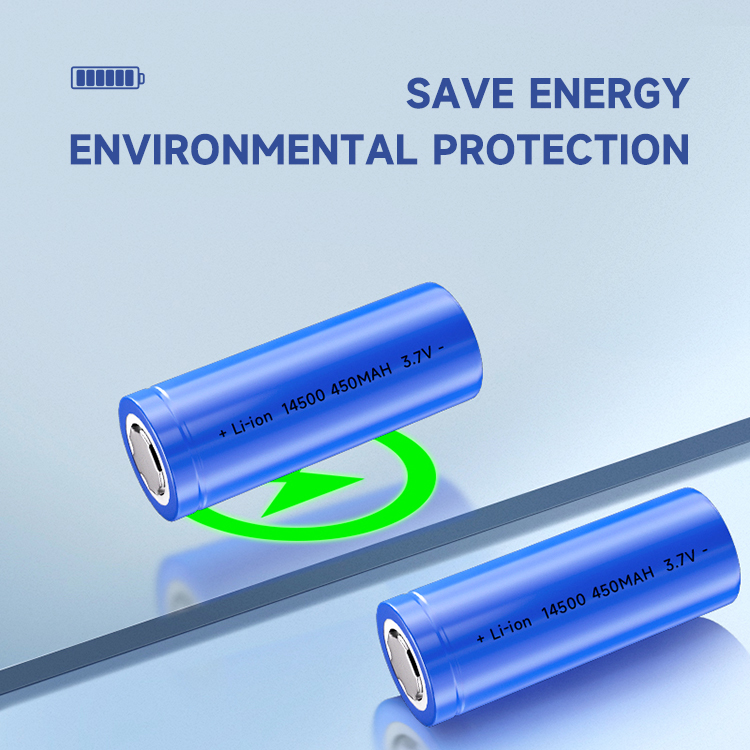

All kinds of button batteries often appear in our lives. While they bring convenience to life, they also bring hidden dangers to children's safety. If curious infants and young children find button batteries, they are likely to swallow them. Compared with other foreign objects, button batteries are more likely to cause severe burns to the esophagus (or other digestive tract mucosa) and may even be life-threatening. Such accidents are not uncommon, and so far, apart from hiding the button batteries, there is no better preventive measure. Recently, a research team from Brigham and Women's Hospital came up with a new solution to this problem. Their research results were published in the Proceedings of the National Academy of Sciences (PNAS) on November 3.
All kinds of button batteries often appear in our lives. While they bring convenience to life, they also bring hidden dangers to children's safety. If curious infants and young children find button batteries, they are likely to swallow them. Compared with other foreign objects, button batteries are more likely to cause severe burns to the esophagus (or other digestive tract mucosa) and may even be life-threatening. Such accidents are not uncommon, and so far, apart from hiding the button batteries, there is no better preventive measure. Recently, a research team from Brigham and Women's Hospital came up with a new solution to this problem. Their research results were published in the Proceedings of the National Academy of Sciences (PNAS) on November 3.
At present, about 5 billion button batteries are produced in the world every year. Although some children's toys have screws to reinforce the back cover, there are still a large number of button batteries in electrical appliances that can be easily removed by children. According to data from the U.S. Centers for Disease Control and Prevention (CDC), in 2010, 4,800 children went to hospital emergency rooms for treatment due to swallowing button batteries, and the number of such accidents is increasing year by year [1].
"After accidental swallowing, the battery must be removed from the esophagus as quickly as possible," said study co-author Giovanni Traverso, a gastroenterologist. "Swallowing a battery can cause acute damage to the digestive tract. When the battery contacts tissue and generates an electric current, chemical burns can occur quickly." When swallowed by mistake, button batteries will produce a certain amount of electrolysis in body fluids, and hydrogen will form near the negative electrode of the battery. Oxygen ions accumulate and local pH rises, which is an important reason for mucosal damage caused by batteries [2]. In order to solve this problem, the research team put a layer of "safety armor" on the button batteries so that they can automatically switch between the "powered state" and the "inert state".
Karp and his colleagues began to pay attention to the safety issues of coin batteries in 2010 and set out to find solutions. "This doesn't seem difficult. As long as we use expertise in materials and equipment, we can make significant progress in a short period of time." Karp said.
The researchers realized that when batteries are installed in a device, they are subject to a certain amount of stress that disappears when the battery is removed. Therefore, they used pressure-sensitive materials to wrap the negative electrode of the battery as a "safety switch" for the battery. They used quantum tunneling composite material (quantum tunneling composite), which is also used to make touch screens. After adding a pressure-sensitive layer, the battery will only provide power when it is under pressure, and if the pressure disappears, it will automatically switch to an insulating state to avoid electrolysis from causing harm to the mucous membranes. In order to verify the effect of the safety coating, the researchers also conducted control experiments using isolated digestive tract mucosal tissues and experimental animals. It was found that untreated batteries caused significant damage to the mucosa, while batteries treated with pressure-sensitive coatings caused significantly less tissue damage.
Not only does this coating technology prevent accidental injuries, it's also quite economical. "The final cost depends on the specific materials, but with our current formulation, the cost will only increase by a few cents." Bryan Laulicht, the first author of the paper, said.
Now, Karp and his colleagues are continuing their research to determine the best way to mass-produce such safe coin cells. They will also work with battery manufacturers to bring this improved product into consumers' homes.

Popular recommendation
AG5 battery.What are the process design points for 18650 cylindrical battery?
2023-10-1218650 battery 3500mah.Which one has better performance, polymer lithium battery or 18650 lithium bat
2023-10-13AA Carbon battery!Tesla avoids dependence on suppliers and develops batteries independently
2023-10-08401030 lipo battery.A design based on a simple battery automatic constant current charging circuit
2023-10-083.7v 18650 battery pack.How to activate the sleep mode of 18650 lithium battery?
2023-10-13button battery 2032.Differences between energy storage lithium batteries and power lithium batteries
2023-10-10lithium ion battery cells 18650.Volkswagen will also hold a "Battery Day" and may release
2023-10-14What is the difference between energy storage lithium-ion battery pack and power lithium-ion battery
2022-11-07CR1632 battery.Important progress has been made in the research and engineering of monocrystalline h
2023-10-08LR6 alkaline battery!New technology makes lithium batteries cheaper, but makes recycling less cost-e
2023-10-08alkaline battery!New energy battery technology solid state battery
2023-10-08Precautions for button type battery
2022-06-18